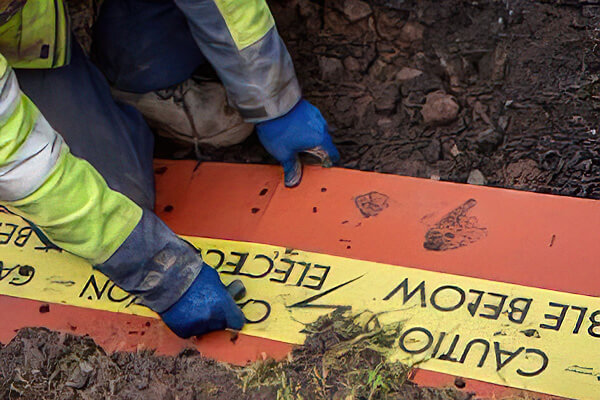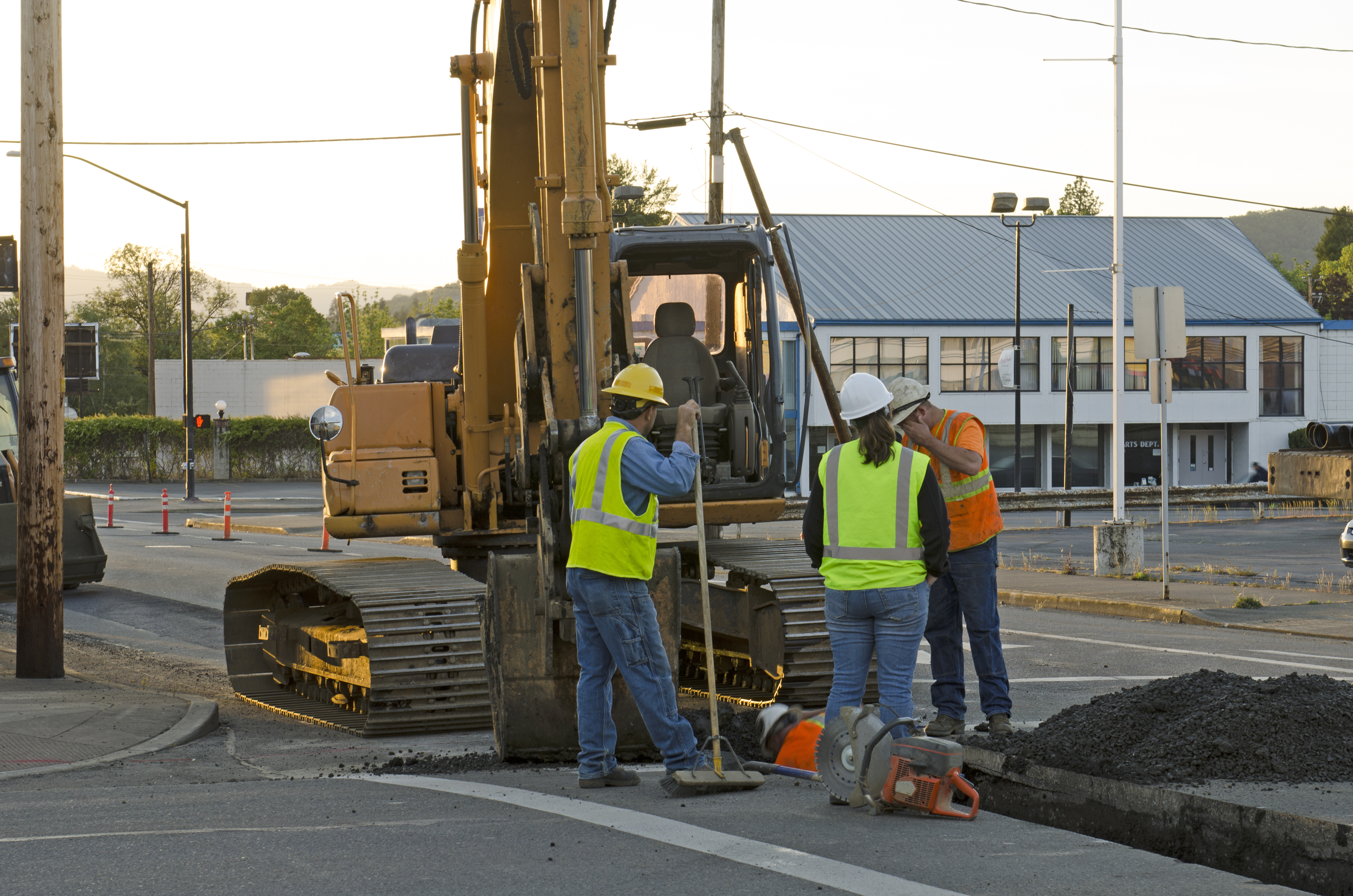Safe digging month is here, spring has sprung, and summer is soon, and this is the time of year that excavations really get into full swing with the arrival of improved weather. At beforeUdig we typically see a significant increase in the number of excavation enquiries we receive at this time of year.
On the flip side of this it is also the time of year that typically sees an increase in the number of damages to underground cables and pipes. So it is a timely reminder to refresh your field crews and the full range of processes that must be undertaken to prevent damaging critical underground infrastructure such as electricity, gas, fibre and water.
There are 5 golden rules to safe excavation
Whether you are digging up at home to install fencing, decking or planting or you are out on a busy civil construction work site you must always follows the five golden rules of safe excavation. These procedures will greatly reduce the risk of striking and damaging an underground cable or pipe and will keep you safe from the harm and losses that damage can cause.
Download a handy copy of our safe digging guide here






